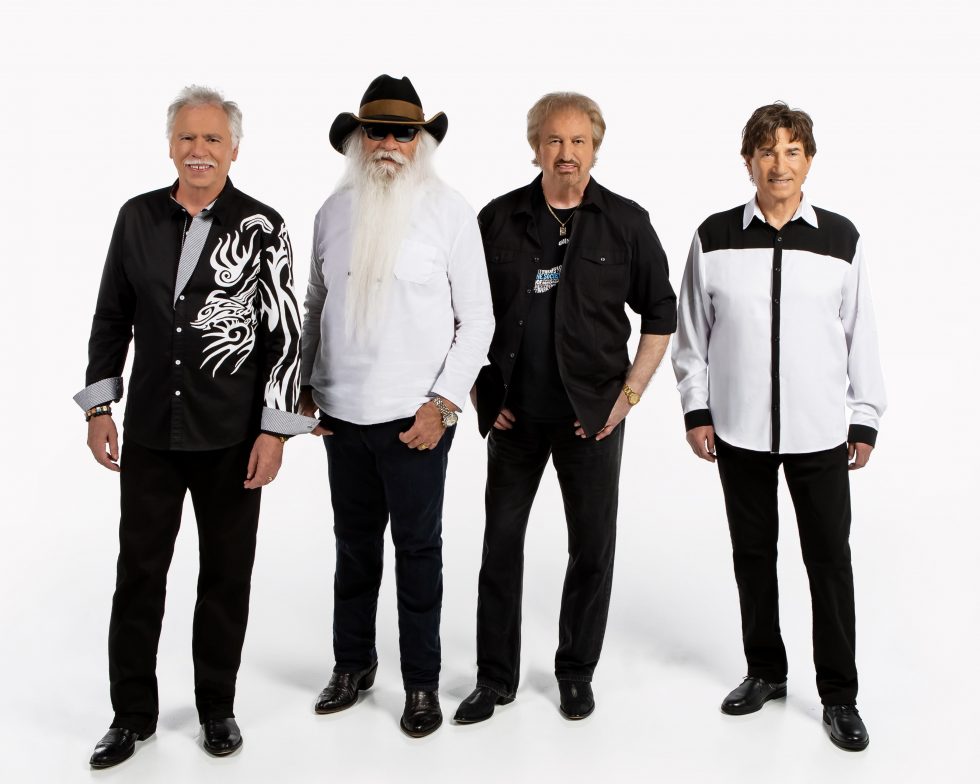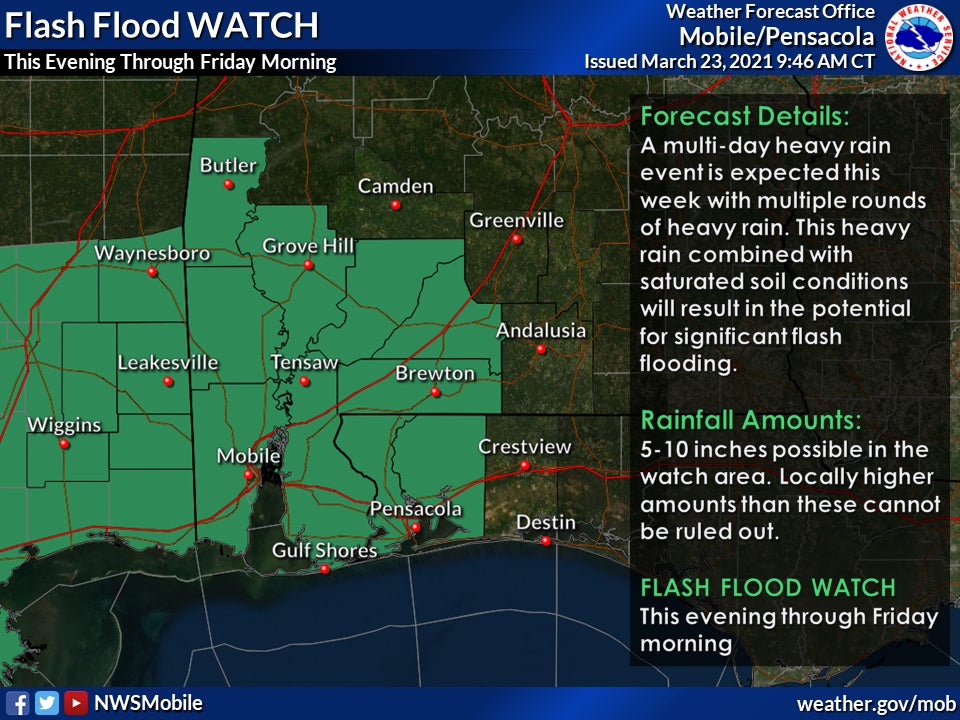Knight rifles are made in Alabama
Published 2:30 pm Wednesday, April 23, 2008
By By DAVID RAINER – Alabama Department of Conservation and Natural Resources
Most Alabama hunters who participate in the state's blackpowder deer season are familiar with Knight Rifles, an innovator in the in-line muzzleloading world.
However, it's probably a pretty good bet that very few of those aforementioned hunters know that Knight Rifles are now manufactured right here in Alabama.
Knight, which was born in Iowa under founder Tony Knight, has moved its manufacturing operations to Decatur.
“All Knight Rifles firearms are made in Decatur, Alabama, including the new KP1 with interchangeable barrels - centerfire, rimfire, shotgun and muzzleloader,” said Branch Meanley, Knight's private consultant for product development.
Meanley, a machinist by trade, has a long history in the firearms business, starting the renowned Green Mountain Rifle Barrel Company in 1976. Meanley operated the barrel company until 2001, when he handed it over to his production manager, who continues to run it today. Green Mountain is also a Pradco Hunting Group company.
Meanley said the ultimate determination of a firearm's worth is in the barrel.
“A quality barrel starts with the correct material, whether it be stainless steel or 4140 or carbon steel alloy,” he said. “It has to be properly stress relieved. The bars have to be straight. The material has to be quenched and tempered. It's usually double stress relieved. When the rifle barrel is finished internally, for example, when it's drilled and reamed from a solid, it is stress relieved again. It's stress relieved once it's turned. And if any more machining is done on the outside, it is stress relieved once more. So it's not uncommon for the raw material to be stress relieved twice before you receive it and then three additional stress-relieving processes during the manufacture.”
Meanley explained that stress relieving is a thermal treatment that is usually around 1,050 degrees (Fahrenheit), plus or minus 25 degrees, which normalizes the cell structure of the material after it has been altered or stressed during the manufacturing process.
Although the barrels are made at Green Mountain in Vermont, there is more than just assembly in Decatur, there's also manufacturing.
“The receiver of the KP1 and the trigger group are machined from investment castings,” Meanley said. “They're totally machined in Decatur. The internal parts are machined, either in that building or at local job shops, either done from YDEM components or other precision castings and fully machined. The quality control process checks these receivers for critical dimensions 100 percent. So each receiver is checked with a CMM machine to establish interchangeability between all the barrels and all the receivers.
For years, Knight was known as the pioneer in in-line muzzleloading rifles and had stayed with its muzzleloading line. The KP1 is the next step into a modern firearm or cartridge firearm.
“We wanted something that was user friendly and versatile,” Meanley said. “The KP1 was the result of that, having many interchangeable rifle barrels, a muzzleloader barrel, as well as 12- and 20-gauge slug barrels and a 12-gauge muzzleloading shotgun barrel and a 12-gauge 3 ?-inch shotgun barrel with interchangeable chokes, threaded for the Remington-style chokes. We do provide a turkey choke with the barrel, but they will accept any Remington-style choke.”
Rifle calibers include: .17 HMR, .22 LR, .223, .243, .204 Ruger, 22-250, .308, 30-06, .270 Winchester, 300 Winchester Magnum, .45-70, 444 Marlin, .44 magnum and .50 caliber muzzleloader.
Meanley said the accuracy of the firearms is usually determined by the caliber being shot.
“We like to have everything at under two inches (at 100 yards) and many of these barrels will shoot minute- of-angle (MOA), depending on the cartridge that you're using, some cartridges being inherently more accurate,” he said. “We've done a lot of testing with the .45-70 with Hornady ammunition and it is not uncommon to get minute-of-angle or sub minute-of-angle with that rifle. The trigger comes from the factory at between 2 ? and 4 pounds of pull. It is very clean. It has some initial take-up. Other than that, it breaks very cleanly with no creep. It is fixed at the factory and not adjustable. It is a very good trigger.
Meanley had hoped to try the KP1's shotgun barrel on a Choctaw County wild turkey last week, but the wily bird had a few tricks for the hunter.




